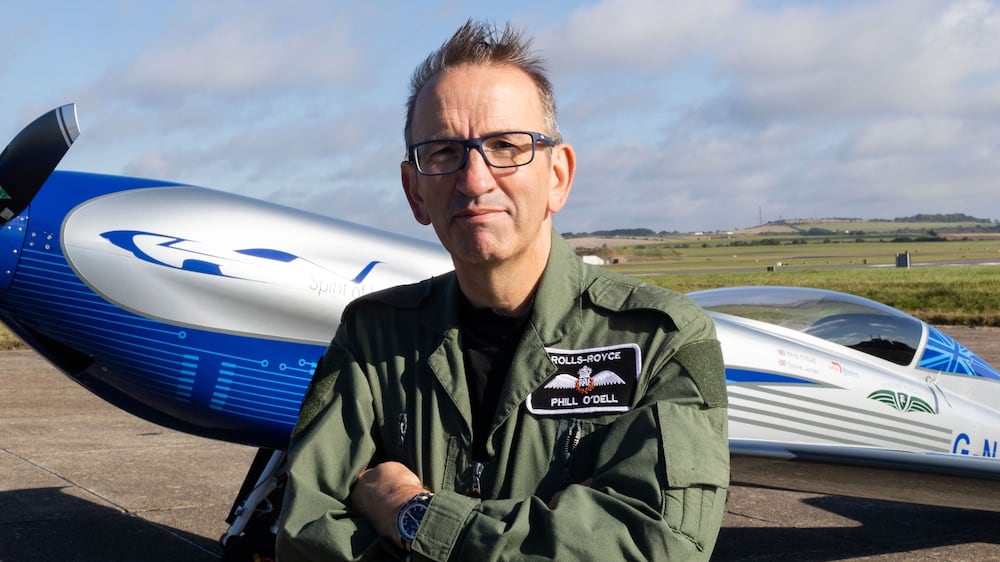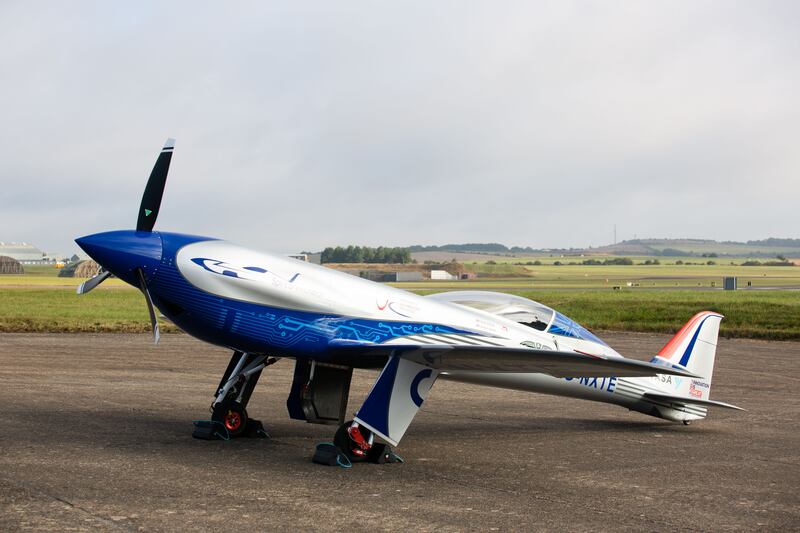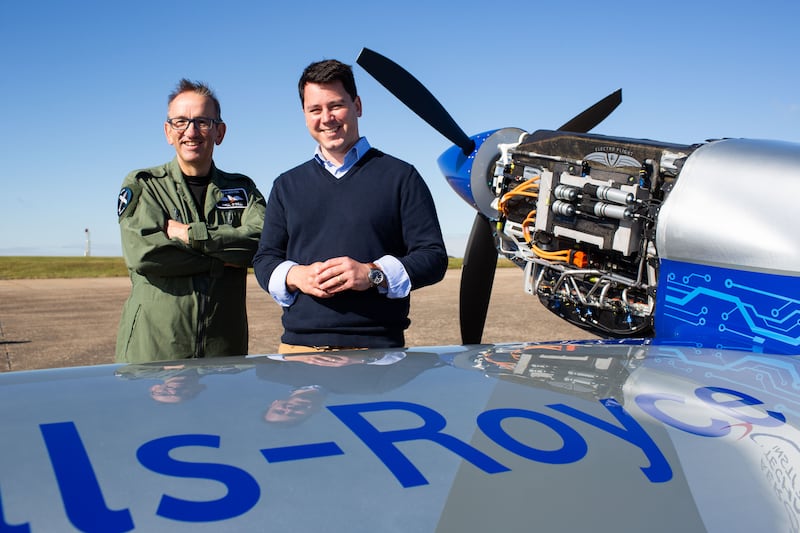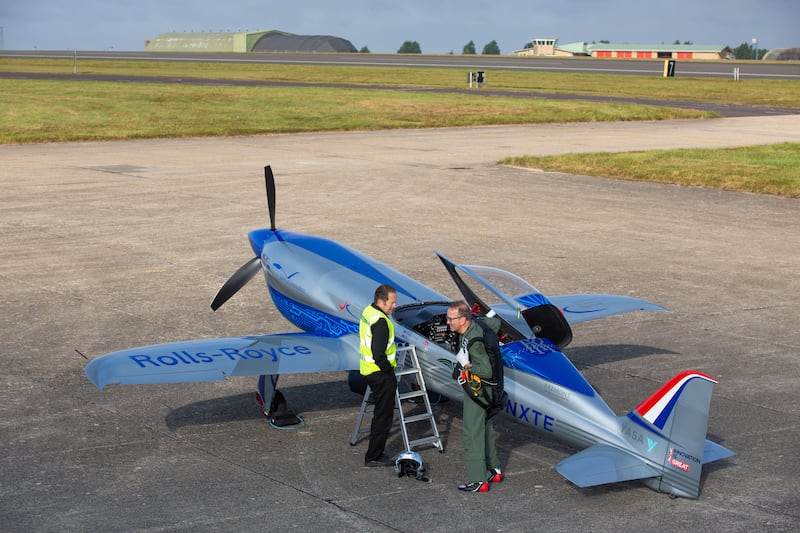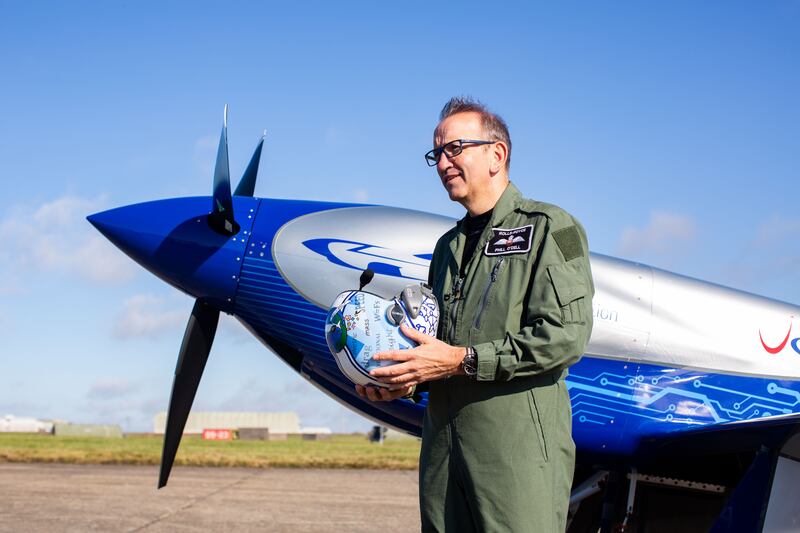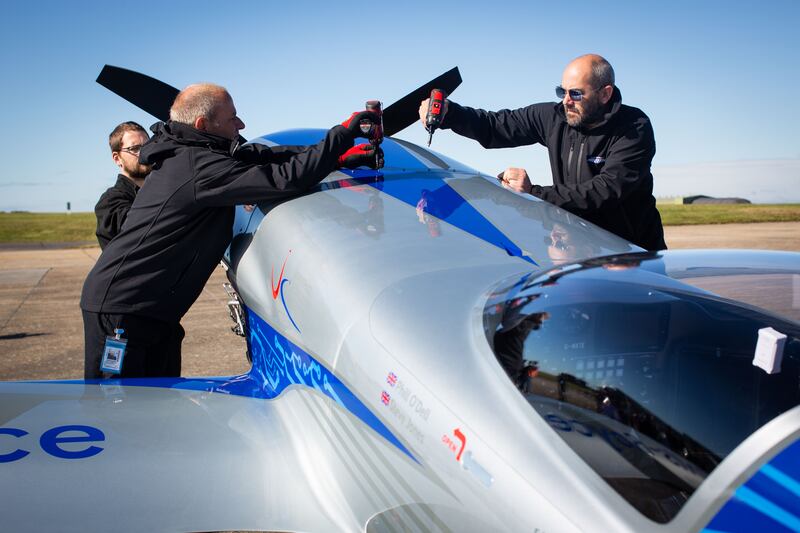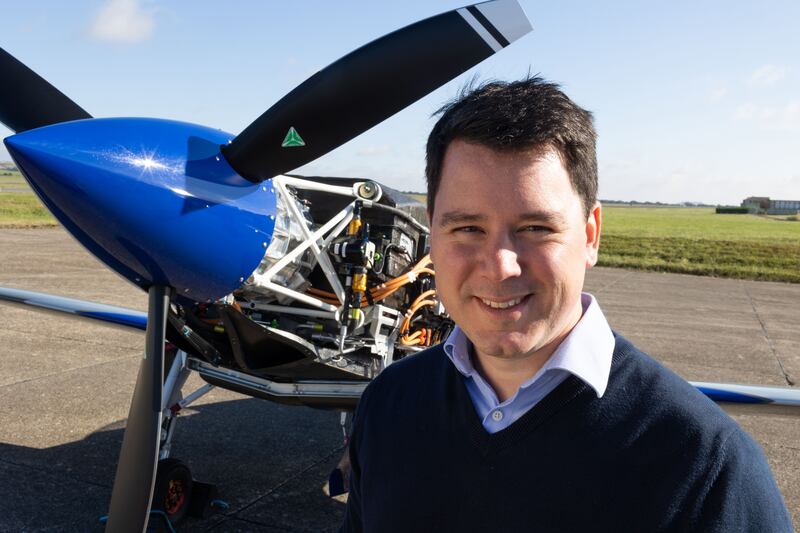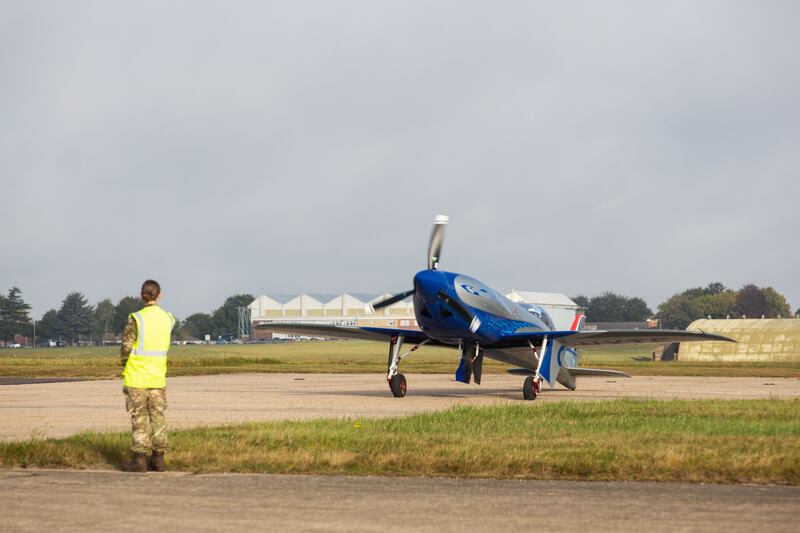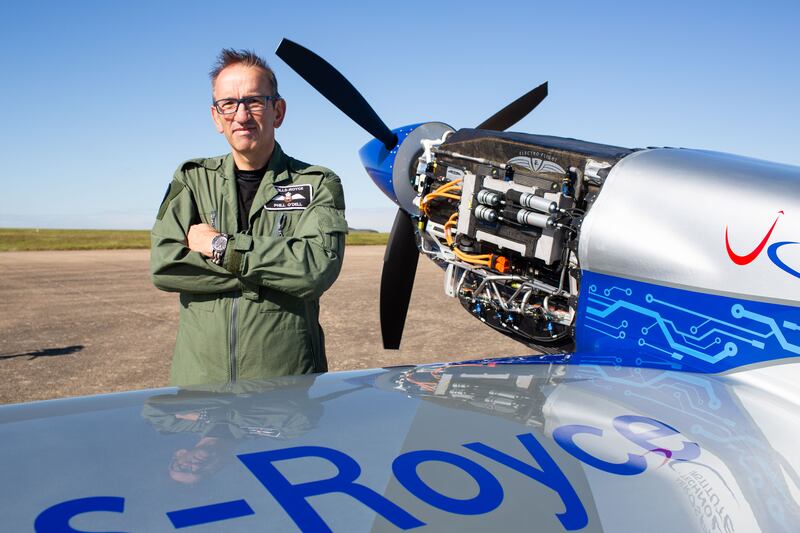The chief test pilot of a "monstrously powerful" electric plane has told of how he looks forward to the next generation of air passengers shedding concerns over environmental damage from aviation.
In a few weeks Phill O’Dell hopes to become the first person to fly a battery-powered aircraft at more than 300mph (482kph), taking the technology one step closer to passenger flight.
“The pandemic was most incredible time for aviation,” he said. “It was the worst of days and the best of days, because we now have the ability to say to the younger generation that ‘we are on it’ for clean air travel.”
The technology is moving fast. So fast that instead of an hour-long slog through traffic from Dubai International to downtown, within three years journeys could be done in mere minutes by electric-powered aircraft.
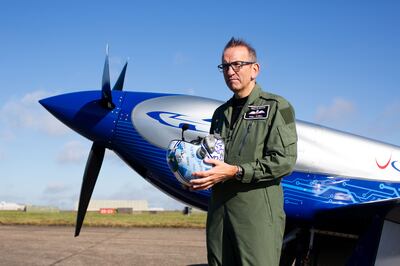
An awakening excitement in aviation, a sector pummelled by a 90 per cent drop in passengers during Covid-19, has been fuelled by the steps being made to decarbonise air travel.
One such instance was last week when Rolls-Royce’s Spirit of Innovation took to the air powered by a 400kw battery and easily slipped past 200mph (321kpm), marginally short of the current world record of 213mph (342kmh).
“She is monstrously powerful,” said Mr O’Dell, standing next to the Nemesis NXT airframe fitted with 6,000 battery cells that weigh 300 kilograms. “She’s a bit of a flighty thoroughbred but she’s also one of those aircraft that’s screaming to go fly,” he told The National after taxiing in at the Ministry of Defence trials airfield in Boscombe Down, Wiltshire.
The plane’s sleek lines and heavy nose suggest power and Rolls-Royce admits its sole purpose is “built for speed”, capable as it is of 500 horsepower.
The aircraft can fly 200 nautical miles – 370km or from London to Paris – on a single charge that takes only 30 minutes for the lithium-ion batteries to power fully.
But this is no indulgence. The £6 million ($8.2m) project is 50 per cent funded by the British government, which very much has its eye on innovating air travel.
“This proves electrification is here to stay and we would very much like our children to see electrification,” said Matheu Parr, Rolls-Royce’s project leader for Accelerating the Electrification of Flight. “This is how we're going to travel more cleanly. But it's not just about decarbonising aviation, it's decarbonising the way you travel in its entirety.”
Mr Parr talks excitedly about the next steps in the Urban Air Mobility market, starting with small £2.5m electric aircraft that swiftly ferry up to six passengers from airport to city. He cited the examples of modern conurbations in the Arabian Gulf as ideal settings for swiftly adopting the new modes of commuting.
“The airlines, particularly in the Gulf, are very interested in rapidly taking people from the airport into the city. You can move them very fast, in a very pleasant environment straight from an airfield and land them on top of a building right in the city. The technology to do that is real and ready today, it’s just going through a process of production and commercialisation.”
The four to six-seat aircraft will have vertical take-off and landing capability, a bit like the US military’s V-22 Osprey aircraft and while initially piloted they will soon become self-flying, much like cars are becoming self-drive.
Planning is going ahead for microgrids at airports where battery recharging is provided by solar or wind power points onsite or nearby.
Electric air taxis will be developed taking up to 20 people for short-haul, ‘island-hopping’ flights.
The aircraft will be used to decarbonise pilot training, with batteries fitted to light aircraft which fly up to 15 hours a day. But it is unlikely, the experts say, that a battery-powered passenger jet carrying more than 100 people across the Atlantic will be flying for at least another decade. “Currently, you'd end up with an aircraft that was just full of batteries and no people,” said Mr Parr.
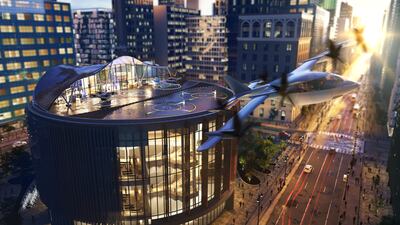
But the Spirit of Innovation is pointing the way towards a future envisaged by Grant Shapps, Britain’s Transport Secretary and a keen pilot. “We need to get to guilt-free flying, to be in a position where you can fly to Dubai or Abu Dhabi and you're not thinking ‘what's my carbon footprint?’” he told The National in an earlier interview. “If we can get there in planes, we really can save the planet,”
After a career in the RAF and as a test pilot for Rolls-Royce, Mr O'Dell, 57, is delighted with his achievement. “This is a contribution to the future of the world,” he said. “My kids have asked me for years, ‘What are you doing to help our future of our world?’. So, this is an incredibly proud moment.”
Touching the aircraft’s Spitfire-like silver and blue frame, he said: “Aviation has been through a dreadful time but in parallel to this we have something for the next generation, something that is making aviation incredibly exciting.”
